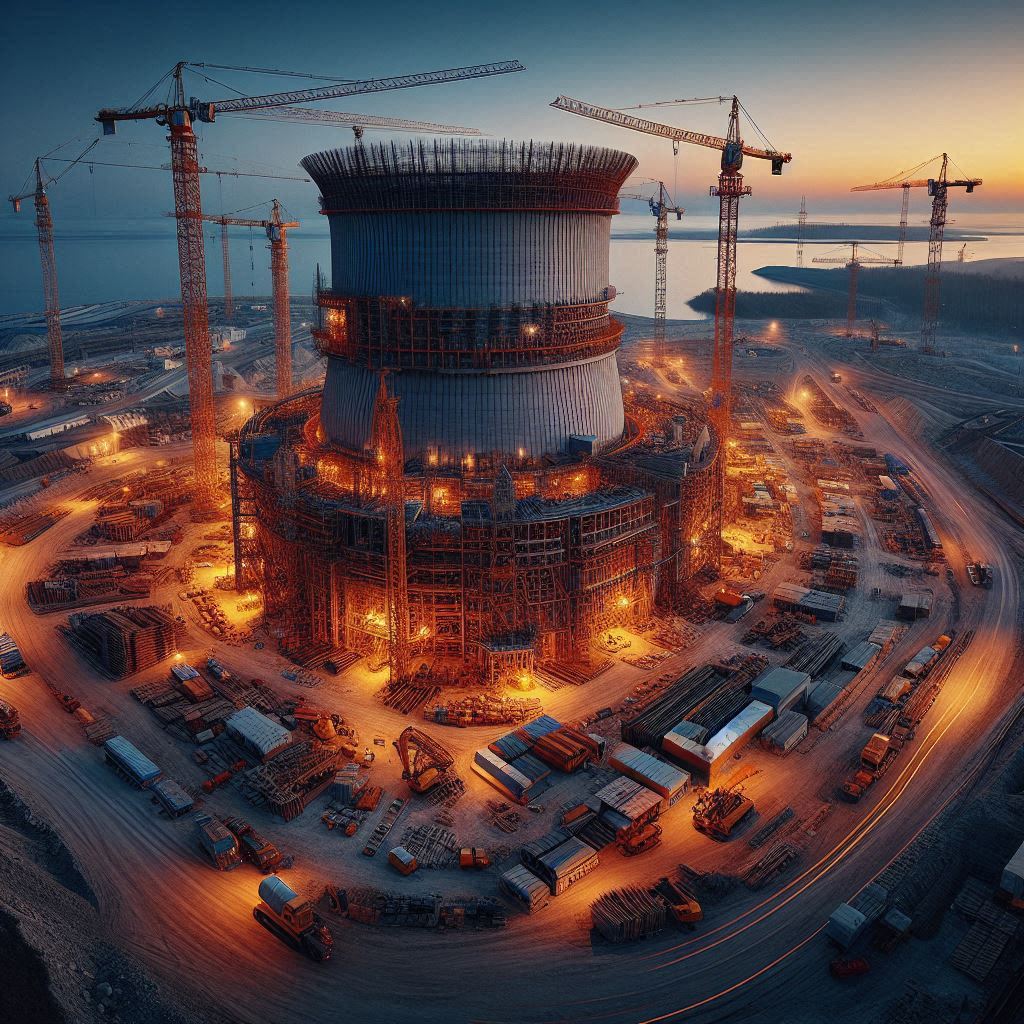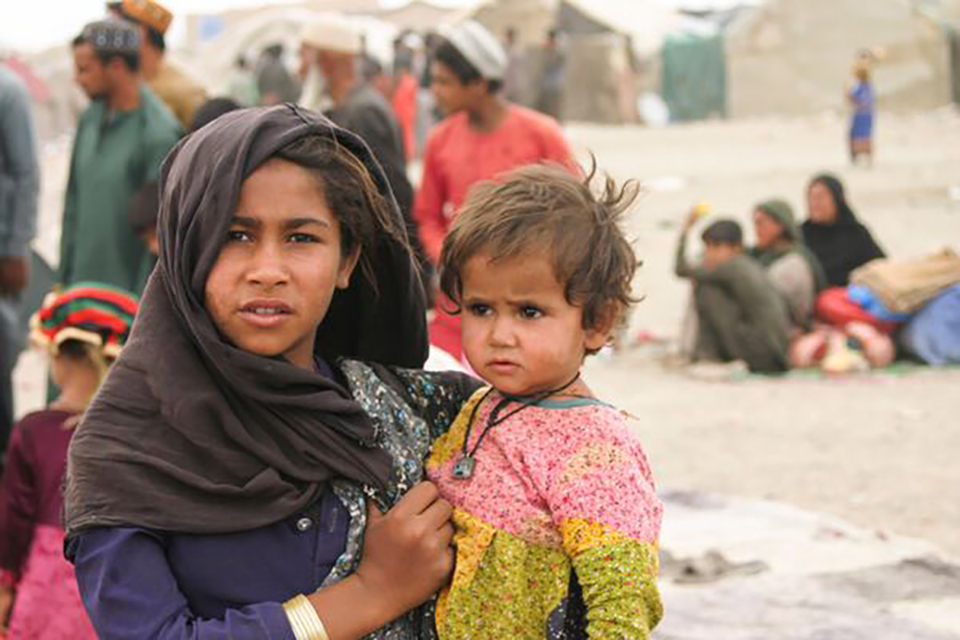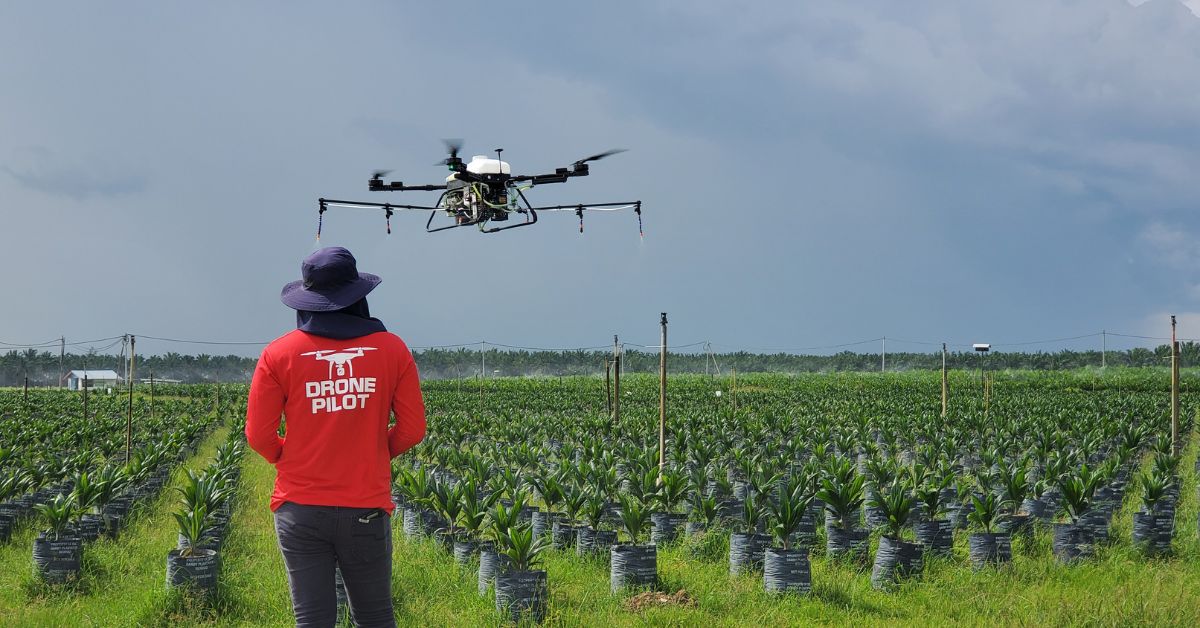This article is also available in:
Русский (Russian)
Uzbek
Uzbekistan’s Minister of Energy, Jurabek Mirzamakhmudov, explained why the country decided to build a nuclear power plant (NPP). According to him, nuclear energy is currently one of the safest industries due to lessons learned from past accidents, such as those at Fukushima and Chernobyl. In modern nuclear power plants, the risk of radiation threats is minimized, even in the case of external and internal impacts.
Safety in detail
Mirzamakhmudov emphasized that modern nuclear power plants are equipped with autonomous systems capable of operating for 72 hours without human intervention in case of an emergency. These systems ensure reactor cooling, prevent core meltdown, and safely vitrify the molten material, significantly reducing the risk of radiation release. He noted that even in the worst-case scenarios, the likelihood of a catastrophe is minimal due to the multi-level safety systems in place.
“Even in the event of a power outage, the cooling system is automatically activated, initiating a process similar to a meltdown trap. However, modern reactors are significantly safer: they are capable of preventing disasters and neutralizing potential threats,” the minister explained.
Advantages of low-power NPPs
The future NPP in Jizzakh region will have a capacity of 330 MW, consisting of six reactors, each with a capacity of 55 MW. “Rosatom” will be the general contractor for the construction, with local companies also involved in the project. The project includes the use of the latest Russian technology — the RITM-200N water-cooled reactor, adapted for land-based installation.
The RITM-200N has a thermal capacity of 190 MW, an electrical capacity of 55 MW, and is designed for a service life of up to 60 years. This technology has been tested on Russian nuclear icebreakers operating in the harsh conditions of the Arctic, proving its reliability and resilience.
According to experts, low-power nuclear power plants, such as the one in Jizzakh, have several key advantages. They feature shorter construction times due to their compact design and smaller scale. According to data from the IAEA, around 50 projects of low-power NPPs are currently under development worldwide, highlighting their importance for the future of global nuclear energy.
High safety standards
One of the most important aspects of a low-power NPP is its high level of safety. The plant will be equipped with multi-level systems and containment barriers. These systems include both active (requiring external power sources) and passive safety systems, which operate without an energy supply. This combination ensures the highest level of safety and prevents the likelihood of accidents.
In addition, multiple levels of containment barriers, built into the design of the plant, eliminate the possibility of radioactive releases into the environment, making the NPP as environmentally safe as possible.
The article may contain inaccuracies as it is translated by AI. For more details, please refer to the Russian version of the article. If you notice any inaccuracies, you can send corrections via the Telegram bot: Uzvaibik_bot.




